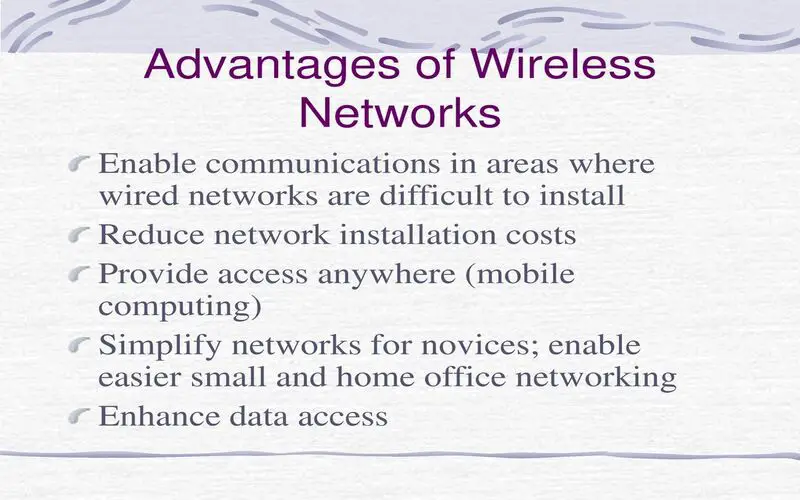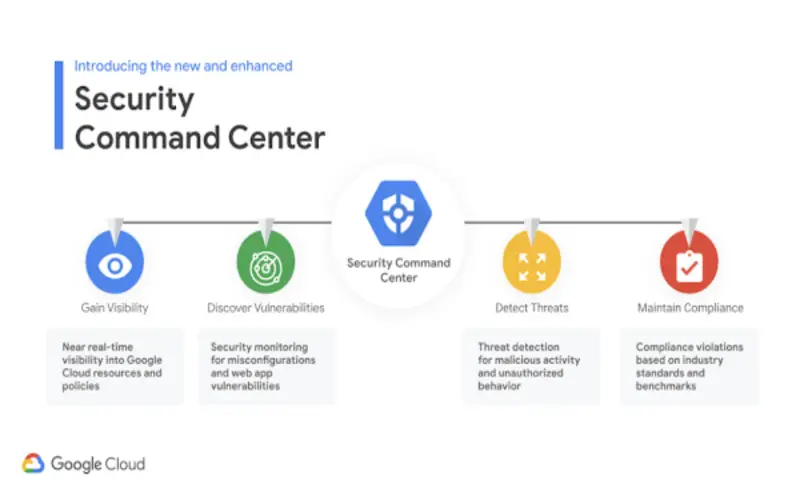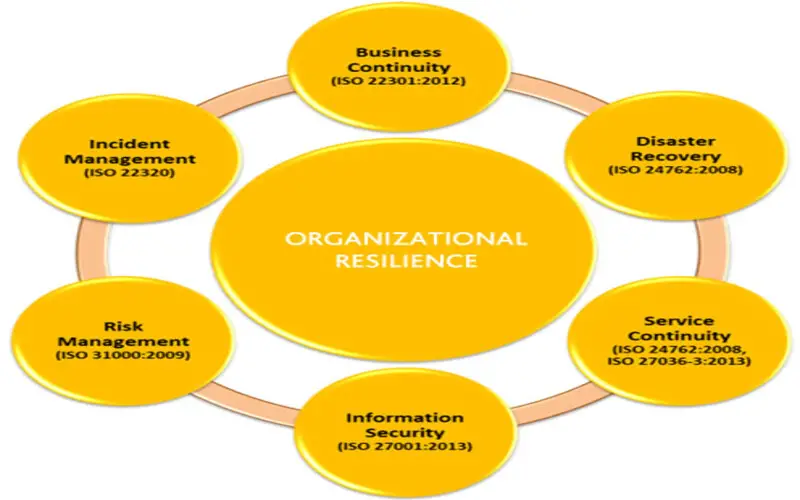What Is Wireless-Value Realization?
As users, we know that our money is more profitable and that we have obtained the best value for the goods or services we bring. For business companies, the concept of wireless value realization is similar. Companies occupy total amounts to develop the latest innovation and want to ensure they attain the maximum company value possible from their progress investments dollars.
Wireless-value realization focuses on how organizations can obtain the most value from their wireless innovation investments. It involves businesses that adopting wireless innovation for the first time, existing companies seeking to enhance and extend their wireless experience, and organizations developing the latest products and services to support wireless innovation adoption and implementation.
What Is The Significance Of Wireless?
Wireless innovation has immense significance in our current world. Its effects span several facets of our lives, making it a necessary part of today’s society. This article examines the key reasons behind the significance of wireless innovation.
- Wireless transformed communication. It allows us to stay connected, breaking the barriers of distance.
- Whether through smartphones, Wi-Fi, or Bluetooth, we can easily communicate and share details in actual time, allowing both exclusive and professional relationships.
- Wireless innovation is crucial in the Internet of Things (IoT). It merges devices, innovations, and systems, enabling seamless automation and control.
- From smart homes to smart cities, the wireless network structure forms the backbone of this technology, enhancing efficiency and convenience.
- Wireless innovation fosters mobility. With wireless networks, singles can administer information and services on the go.
Benefits Of Wireless-Value Realization
Wireless-value realization decisions benefit enterprises and users alike. Wireless-value realization decisions help organizations identify inefficiencies and enhance efficiency. Comprehensive decisions also lead to enhanced performance, data privacy, security, and overall lower operation costs. The user experience is improved due to performance optimization, enhanced elasticity and scalability, and minimized disruptions.
- Self-service abilities with automated structure operations will enhance the developer experience and productivity.
- The network connectivity and security provide a migration route for a line of business (Lob), operational innovation (OT), and details innovation (IT) operations.
- Various unique techniques including geographic location, energy harvesting, and sensing were created.
- Harm reduction, expense reduction, association compliance, and improved value propositions for users and developers.
1. Advantages Of Aims Wireless Value Realization
By associating devices wirelessly, enterprises can share details more seamlessly and safely than ever before. Here are some benefits of wireless value realization.

2. Enhanced Efficiency And Cost Savings
Wireless innovation can help enterprises reduce costs and maximize efficiency. By using wireless relations, businesses can avoid the cost of installing devoted hardware and wiring. Using cloud-based solutions, a business can reduce its dependency on physical structure.

3. Maximize Security And Data Privacy
With wireless innovations, enterprises can ensure their data is safe and private. Wireless networks are more straightforward to organize and protect than standard wired networks, making it challenging for hackers to access sensitive details. It helps enterprises protect their data and user information from denied access.

4. Enhanced Scalability And Resilience
Wireless innovation makes it simpler for enterprises to scale their systems as needed. This enables companies to rapidly adapt to converting users and the latest products and add the latest products or services without installing additional hardware or wiring. It allows companies to respond to correct in their surroundings rapidly.

5. Improved User Experience
Wireless innovation enables enterprises to associate with users from anywhere, anytime. It assists businesses in maintaining a high level of user satisfaction by providing a more responsive and reliable service. It also allows companies to provide more customized experiences, which are vital for retaining users.

6. Advanced Performance With Minimum Disruption To Existing Processes
Wireless innovation can help companies enhance the performance of their networks while diminishing the disruption to existing processes. It enables organizations to alter and stay ahead of the rapidly. It allows them to remain competitive in an ever-evolving market.

7. Reduced Complexity For IT Groups
For wireless innovation, IT groups can organize networks with fewer resources. It can reduce the complexity of network organizations and maximize staff elasticity. It can also help businesses save time and money by avoiding costly network upgrades.

8. Reduced Harm For Businesses Operating In Uncertain Environments
Wireless innovation can help businesses enhance the performance of their networks while diminishing disruption to existing processes. It enables enterprises to adapt and stay ahead of the competition rapidly. It also aids organizations to protect their sensitive data and user information from denied access.

9. Decisions For Achieving Increasing Wireless Value Realization
It is necessary to ensure that wireless value realization is increased in any enterprise. Here are some decisions that can aid in achieving this goal. I am designing a comprehensive network architecture that assists the mobility needs of consumers while also ensuring that safety and privacy strategies are enforced. It is essential to consider scalability when designing a network architecture to ensure it can hold up and maximize traffic.

10. Improved Productivity
Wireless connectivity allows employees to administer crucial information and collaborate with colleagues, regardless of their situation.



















